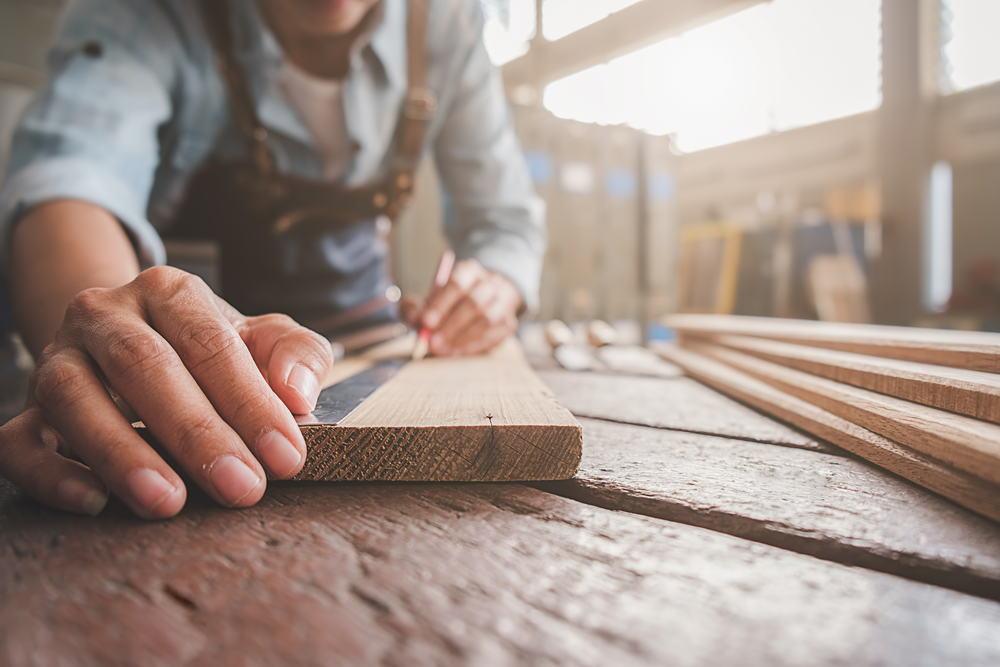Woodworking is a time-honored craft that combines artistry, precision, and skill. With the right tools and techniques, you can transform raw lumber into stunning works of functional art.
Getting Started
Proper planning prevents problems. Before building, you need to carefully consider your project goals, space constraints, and skill level. Begin with easier beginner-friendly designs before trying more complex pieces. Make sure that you have access to necessary tools and workspace; a sturdy workbench, quality power tools, wood clamps, and safety equipment are all essentials.
Perfect fundamental skills like measuring, cutting, joining, fastening, and finishing with practice projects. While skill development does take patience, it ensures quality results when it comes to more advanced builds. Consider taking a woodworking class, as hands-on guidance really does accelerate the learning curve.
Project Design
Establishing a well-conceived design is essential before starting actual construction. Draw plans to scale that show dimensions, joinery, and assembly methods, and jot down measurements and make material cut lists. Using graph paper makes spatially mapping furniture much easier.
Consider how different pieces will fit together and sequence construction steps accordingly. For example, drawer boxes must be built prior to the cabinet carcasses they slide into. Be sure to account for the thickness of wood when calculating dimensions and clearances, as well.
Choose joints like dowels, dadoes, or dovetails to interlock pieces tightly together (but they should be sized to allow some adjustment during final assembly). Reinforce joints and anchors points with appropriate adhesives like wood glue. The experts at SPAX recommend planning for replacement and concealment of wood screws.
Accomplishing the Cuts
Accurate sawing and machining are imperative for flat, square boards that fit together seamlessly. Set up a stop block on your miter saw or table saw when crosscutting multiple pieces to identical lengths. Take your time to make straight, clean, precise cuts. Remember, rushing is asking for injuries and mistakes.
Sand edges and faces smooth after each step but check for square frequently with a triangular carpenter’s square. When edge-gluing boards into wider panels, apply clamps evenly to minimize gaps, and always use a sharp carbide blade optimized for fine finish cuts.
Joinery Made Simple
Joints connect woodworking pieces together invisibly and elegantly. Mastering wood joinery elevates projects from crudely nailed together to works of artistry. Cut tight-fitting yet forgiving joints using a router, dado stack, or handsaws guided by fixtures. Test fit joint halves and make micro adjustments for a perfect mating.
Fastening with Adhesives & Hardware
In conjunction with joinery, fasteners lock components in alignment permanently. Wood glue applied to joint mating surfaces creates a tenacious bond once dried. Use just enough glue to fill gaps.
Countersink screw holes to recess wood screw heads, then fill with wood putty to conceal them. Drill pilot holes as this helps prevent wood splitting when driving screws. Where needed, use specialty hardware like shelf pegs, hinges, drawer slides and pulls.
Finishing for Beauty and Protection
Finishing wood transforms raw lumber into a visually stunning creation. Sand your project starting with coarse grit to remove undesirable marks, then progress through finer abrasives up to 220 or 320 grit for a glass-like smoothness.
Wipe away dust with a tack cloth before applying protective topcoats like polyurethane, lacquer or oil. For coloring, use dye, gel stain, or pigmented wiping stains. Multiple thin coats create better results than one thick application. Allow adequate drying time between coats. Install hardware once fully cured. Apply paste wax or buff with fine steel wool for a soft sheen.
Conclusion
Woodworking skills develop over years of practice. Follow design plans closely, measure twice, and execute cuts carefully. Sand thoroughly, apply protective finishes, and install hardware neatly. Mastering both the technical and artistic aspects of woodworking leads to professional-grade creations you’ll cherish for a lifetime.

